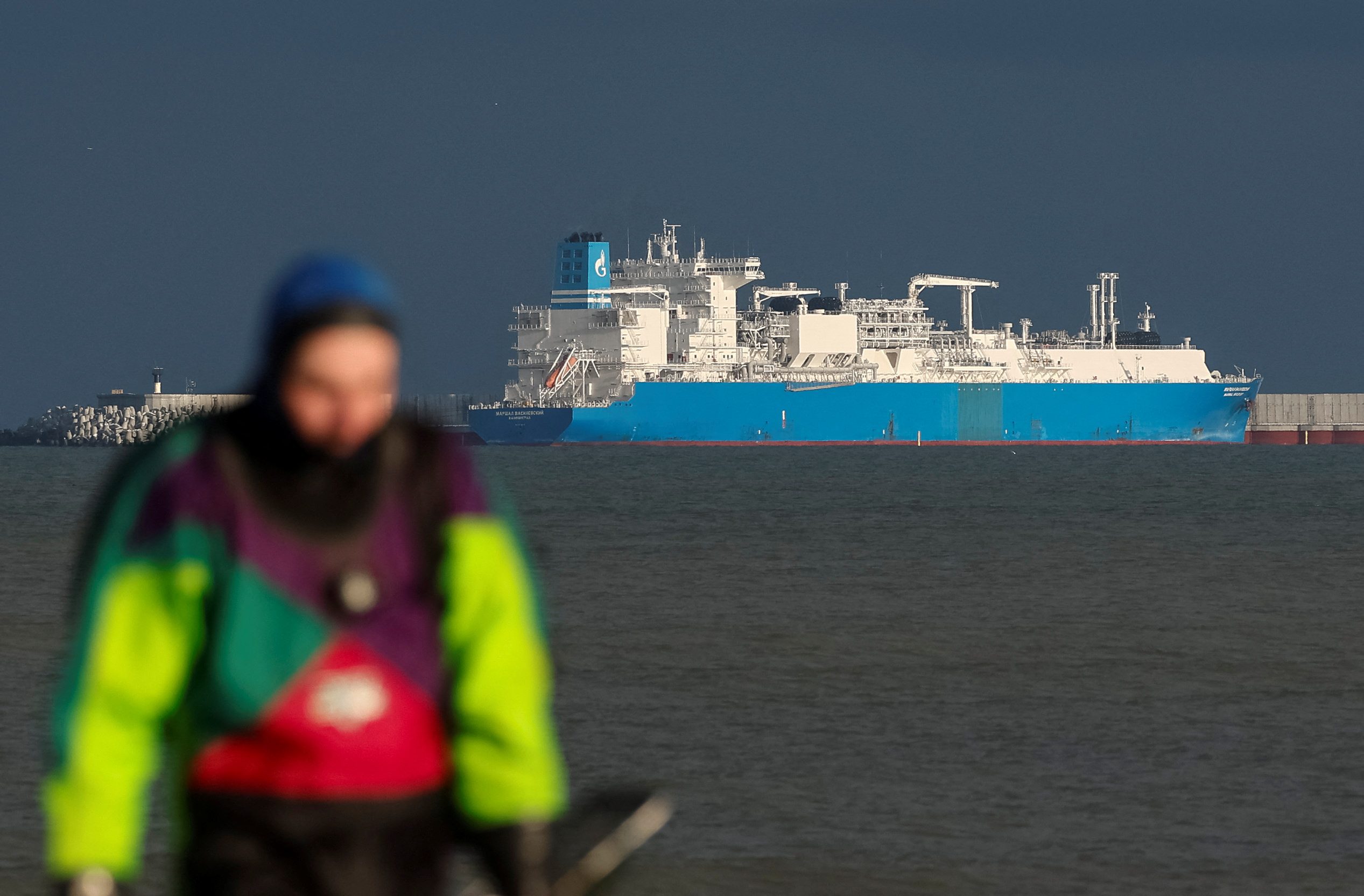By Gavin van Marle (The Loadstar) –
A strengthening demand scenario on the Asia-European trades appears to have caught carriers and forwarders by surprise, and tightening space has increased the chances of shipments moving under long-term contracts being rolled.
“My inbox started to blow up towards the end of last week, with customers having problems with their allocations,” one European forwarder told The Loadstar.
“The problem is that contract rates are well below spot rates and when that happens during busy period, carriers will always prioritise the highest-paying cargo – what is unusual about he current situation is that I just don’t know where it is coming from.”
During yesterday’s first-quarter earnings call with analysts, Maersk CEO Vincent Clerc suggested that European importers had now entered a period of restocking.
Maersk saw a 9% growth in volumes into Europe during the period.
He said: “In Europe, with 9% growth, we believe there is something of a restocking, because there was cautiousness last year in Europe that maybe the macro environment would not be so good, and people had run their stock down. Consumption keeps on holding better than maybe what some of our customers had feared, and now you have a little bit of a restocking going on as we’re moving into the year.”
Spot rates on Drewry’s World Container Index’s (WCI) Shanghai-Rotterdam leg saw 2% week-on-week growth, to $3,103 per 40ft, and up 3% on Shanghai-Genoa, to $3,7176 per 40ft.
In reality, many shippers may already be paying more to avoid rollovers.
Asked by The Loadstar about this week’s market, one UK-based forwarder said: “One word: mental.
“Spot rates are shooting up rapidly – and this could be just the beginning as demand is stronger than expected and capacity is absorbed by Red Sea diversions.
“We expect Q2 to remain elevated with the peak season volumes kicking in, and possibly not cooling until Q3, when new deliveries hit the market,” he explained.
This week also saw the introduction of new FAK rates on the Asia-North Europe trades, with a 1 May implementation of MSC’s new rate of $4,500 per 40ft high-cube to North European ports.
Meanwhile, Maersk Line is also targeting big rate increase in the trade in the coming days, with its peak season surcharge (PSS) set to triple from the current $500 per 40ft to $1,500 from 11 May.
One large European importer noted that the PSS was in addition to the trade disruption surcharge already levied by Maersk, which is meant to cover the costs of the diversion around the Cape of Good Hope, and questioned whether surcharges were justifiable, given how quickly they had jumped in such a short space of time, as well as voicing familiar frustration over the lack of communication from carriers.
“There seems to be so much smoke and mirrors with the liners at the moment that people may well be getting the wrong end of the stick, in relation to the surcharges,” the importer added.
The tighter space appears to be the result of schedule “slidings”, rather than blanked sailings – with one source noting “sometimes the situation is you get rolled from your intended vessel to the next; but if you are booked on that next vessel, you may find your cargo rolled, as the carrier has to load cargo that was rolled the week before”.
“Carriers are definitely taking advantage of the situation and we’ve already seen issues with restricting allocations on our long-term contract deals,” another forwarder told The Loadstar.
“In one week, a carrier cut our allocation by 80% with little prior warning. The only way to get more space is to use FAK, or even premium guaranteed, pricing options – customers are not happy, but there’s not much choice, currently,” he added.
There may also be a psychological element to shippers’ consternation, as a forwarder explained: “Customers who have been shipping on these types of rates have not been happy about it, but this more to do with the lack of space available and carriers still blanking, and that they expected rates to continue going downwards after Chinese New Year and budgeted their logistics spends on this.”
Elsewhere, on the main east-west trades, spot rates remained largely unchanged, with the WCI’s Shanghai-Los Angeles leg down 1%, to 3,371 per 40ft, while Shanghai-New York was flat, at $4,382 per 40ft, and Rotterdam-New York also unchanged, at $2,210 per 40ft.
(c) Copyright Thomson Reuters 2024.
Unlock Exclusive Insights Today!
Join the gCaptain Club for curated content, insider opinions, and vibrant community discussions.

 Join The Club
Join The Club













